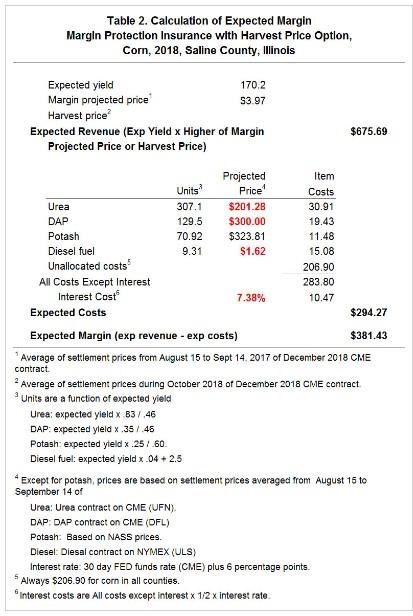By Christina Bakker
One of the most common comments I hear when talking to people who buy meat from small butcher shops is that it tastes better than what they can get at a grocery store. In these cases, I would argue that familiarity and preference go hand in hand, and consumers prefer attributes they are familiar with. So, naturally, if someone is used to meat with certain palatability traits, anything that is different may not be liked as much. In this article, I will provide examples of two factors that impact beef flavor and how they play a role in personal preference.

Grain vs. Grass Finished
Diet is one of the most influential factors that impacts beef flavor and aroma. This is because the dietary nutrients cattle consume directly impact the fatty acid profile and nutrient profile of their fat. One of the most-common mantras in the meat industry is that fat is flavor. Most of the beef produced in the United States is grain finished, and many American consumers prefer the flavor of grain finished beef. While the demand for grass-finished beef, also called grass-fed, has been increasing, it would still be considered a niche market in the United States. Grass-finished beef may also look different than grain-finished, as the meat is generally leaner, the fat tends to be more of a yellow color, and the lean a darker red. However, in countries like Brazil and Australia, grass-finished beef is the norm and is generally preferred to grain-finished.
Dry vs. Wet Aged
Aging beef is the process of holding carcasses or primal cuts at refrigerated temperatures after harvest to allow the meat to tenderize. Beef can either be wet or dry aged. Dry aging is when the entire carcass or whole primal cuts are stored without any kind of packaging and is common in small butcher facilities. Dry aging can be done for as little as three days to well over 100 days. White tablecloth restaurants charge a premium for 60-plus-day dry-aged beef. The dry aging process allows the surface of the meat to dry out and sometimes develop a harmless type of mold that is beneficial to flavor development. Much like the cheese industry relies on mold for flavor, dry-aged beef has a distinctive flavor and aroma, partially due to the species of mold on the surface of the meat. Don’t worry though, the mold and dried portion is cut off well before it ever reaches your plate, and the meat is perfectly safe to eat.
Wet aging is when beef cuts are vacuum packaged and stored that way until they are cut into steaks or cooked. This process results in less loss due to trimming, as the meat does not dry out. The vast majority of beef in the United States is wet aged, because large packing plants cannot store whole carcasses or primals for extended periods of time, and it is much easier to store vacuum-packaged cuts. However, the flavor between wet and dry aged beef is distinctively different. Dry-aged beef has been described as beefy or nutty, while beef that has been wet aged can be described as slightly metallic or sour. This is one of the main reasons why many people who are used to dry-aged beef from a local butcher balk at the flavor of meat purchased from a grocery store.
Which is best?
Grain or grass finished, wet or dry aged, there is no best decision, and we are fortunate to have these choices. So, buy what you want and continue to include beef as part of a healthy diet. Because life without beef is a huge missed-steak!
Source : sdstate.edu